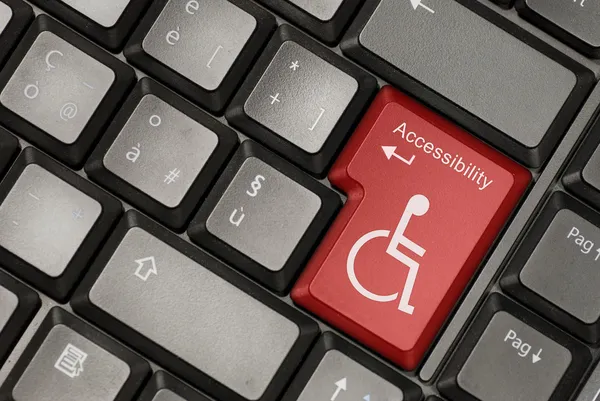Our Blog

Accessibility Basics
In today's digital landscape, accessibility is no longer a choice, but a necessity. As technology advances, so does the need for inclusive web design. Websites that do not prioritize accessibility not only risk alienating a significant portion of their audience, but also face potential legal repercussions. With the rise of the Americans with Disabilities Act (ADA), businesses must ensure that their online platforms are accessible to all users, regardless of their abilities. In this blog post, we will explore the importance of accessibility in web design and the risks associated with neglecting this essential aspect.
“Accessibility focuses on how a disabled person accesses or benefits from a site, system or application. Accessibility is an important part of the designing your site and should be considered throughout the development process.” - usability.gov
Introduction:
In today's digital age, accessibility is no longer an option but a necessity. With the increasing number of people relying on the internet for information and services, it is imperative that websites are designed with accessibility in mind. Failure to do so not only poses risks to businesses but also goes against the principles of inclusivity and equality.
One of the key reasons why accessibility is a must nowadays is because of the legal requirements set forth by the Americans with Disabilities Act (ADA). The ADA ensures that individuals with disabilities have equal access to goods, services, and information, including websites. Failure to comply with the ADA can result in legal consequences, including hefty fines and damage to a company's reputation.
But beyond legal requirements, there are numerous benefits to having an accessible website. Firstly, an accessible website allows businesses to reach a wider audience. By making your website accessible to individuals with disabilities, you are tapping into a market that is often overlooked. This not only expands your customer base but also demonstrates your commitment to inclusivity.
Secondly, an accessible website improves user experience for everyone. Features such as alt text for images, clear navigation, and captions for videos not only benefit individuals with disabilities but also enhance the overall user experience. A well-designed accessible website is easier to navigate, faster to load, and provides a seamless experience for all users.
Lastly, an accessible website improves search engine optimization (SEO). Search engines, like Google, prioritize websites that are accessible and user-friendly. By implementing accessibility features, you are
, chances are you already have a blog. And if you don’t, maybe you should start one. A blog can boost your brand awareness, increase conversions, and improve customer service.
Blogs help you connect with your audience on a more personal level and allow them to interact with you in an individual capacity. Blogging also helps to present viewers with fresh content regularly.

Contact Us
Ready to speak with a marketing expert? Give us a call 855-904-1043
Ready to speak with a marketing expert? Give us a ring 855-904-1043

